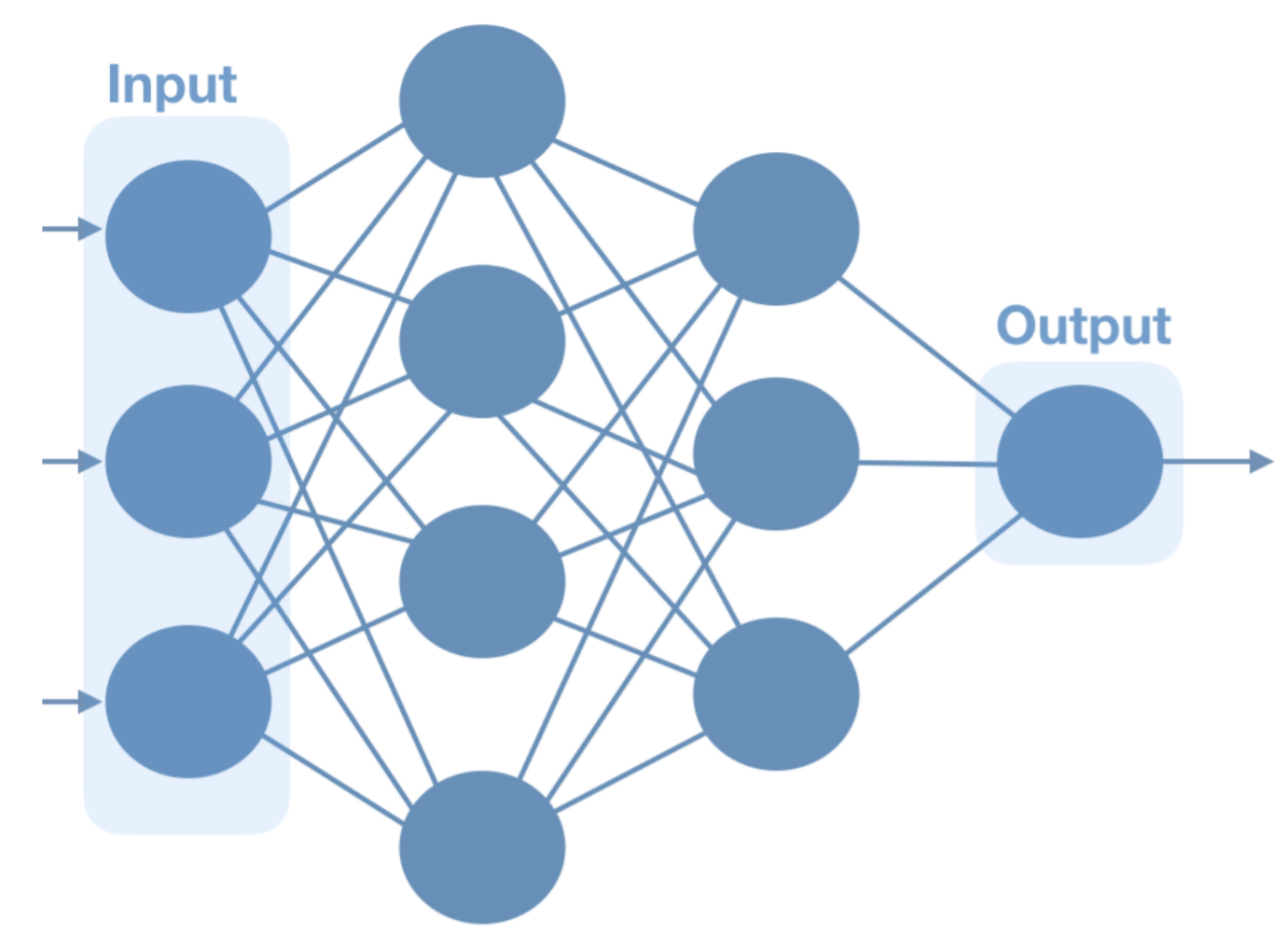Practice: Neural Networks and Images
Contents
Practice: Neural Networks and Images#
Question 0#
Suppose I wanted to use a neural network to take images as inputs and predict whether the image was a picture of a cat, dog, or axolotl. Suppose the input images are in RGB color and were 50x50 pixels. How many input neurons would there be in our network?
Your Task
Write your answer down in your own space.
Question 1#
For the same network in the last problem, how many output neurons will there be?
Your Task
Write your answer down in your own space.
Question 2#
Below we have mixed up a list of the parameters and hyperparameters of a neural network model. In this problem, please select all the values that are the model parameters.
Your Task
Select one or more options. Write your answer down in your own space.
Option 0
Number of hidden layers
Option 1
Number of hidden nodes in each hidden layer
Option 2
Weights between neurons
Option 3
Bias for each neuron
Question 3#
Consider the following network with the structure and weights used below (colors only for emphasis). The weights for each connection are shown above the connection and the bias is shown inside the neuron. By convention, a bias of 10 means 10 is subtracted from the weighted sum of inputs before being passed to the “squishification” function (e.g., will fire positively if the weighted sum exceeds 10).

For simplicity, we will use a different “squishification function”. Instead of the Sigmoid, we will use the “Step” function \(\sigma(x)\) defined below. All it does is clamp the output to 0 if the weighted sum (including bias) is less than or equal to 0 and the output is 1 if it is positive. The output neuron uses this same function.
What is the output if we use the input (1, 0) where 1 is the input value to the top neuron and 0 is the input value to the bottom neuron?
Hint: Your output should be an integer.
Your Task
Write your answer down in your own space.
Question 4#
Consider the sklearn code to make a neural network
model = MLPClassifier(hidden_layer_sizes=(3, 4, 3, 1))
True or false , this code specifies a network with the architecture shown in the image below.

Your Task
Write your answer down in your own space.
